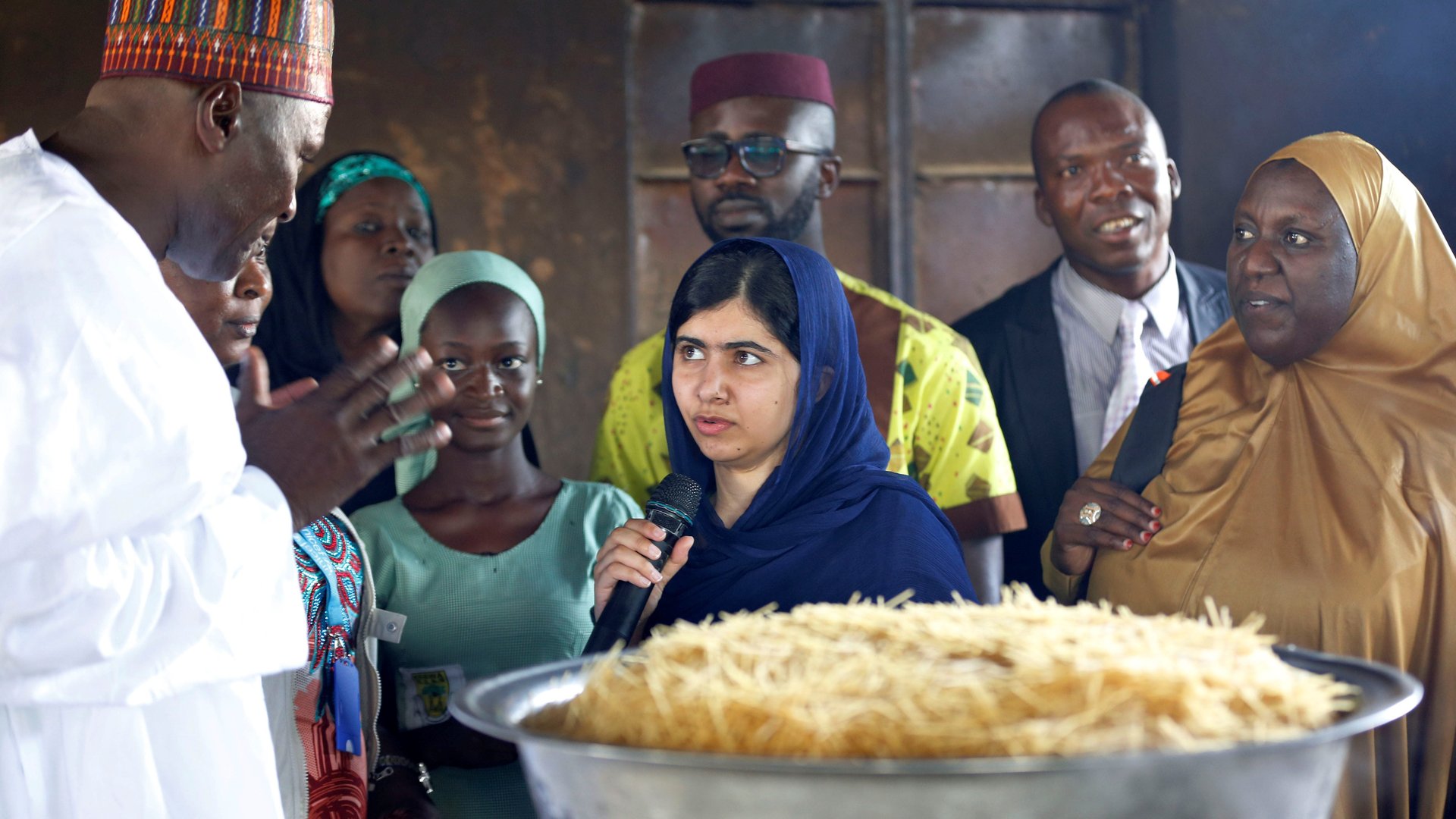Girls’ education is the best investment we can make to grow the world’s economies
If you ask most people if they believe girls should go to school, they’ll answer yes. I would guess that most of you reading this right now are offended by the idea of a world where girls are still unequal to boys in education and opportunity. Yet this is the reality for 130 million girls out of school around the world.


If you ask most people if they believe girls should go to school, they’ll answer yes. I would guess that most of you reading this right now are offended by the idea of a world where girls are still unequal to boys in education and opportunity. Yet this is the reality for 130 million girls out of school around the world.
While most people don’t count it as one of our world’s most pressing problems, evidence shows that girls’ education is the best investment we can make to grow economies, improve the air we breathe, reduce the risk of violent conflict and advance public health.
Here are the facts:
- If all girls went to school for 12 years, low- and middle-income countries could add $92 billion per year to their economies.
- Educated girls are less likely to marry young or contract HIV—and more likely to have healthy, educated children.
- The Brookings Institution calls secondary schooling for girls the best and most cost-effective investment against climate change.
- When a country gives all its children secondary education, it cuts its risk of war in half.
As CEO of Malala Fund, I’ve travelled to countries where girls are fighting poverty, early marriage, war and conflict to go to school. Their individual stories confirm what multiple studies show: educated girls improve their communities and countries.
16-year-old Sydney lives in an indigenous community outside Oaxaca, Mexico. Girls in Mexico are free to go to school, but about half leave school before graduating, often because of teen pregnancy or child marriage.
When Sydney reached secondary school age, her grandfather expected her to drop out and marry, like her mother and grandmother before her. But Sydney had other plans. She wanted to stay in school, go to university and become her town’s first pediatrician.
Having fought and won her own battle against cultural norms and family pressure, Sydney hosts a local radio show advocating for girls’ education and equality. She tells listeners that economically independent women are more equipped to care for their families and contribute to their communities—that everyone advances when women are allowed to fulfill their potential.
In Nigeria, fear of violence marked 20-year-old Amina’s school years. Amina lives in the north of the country where Boko Haram extremists routinely kidnap schoolgirls. While some escaped or were released through government negotiations, many others have been forced to marry their captors or become child soldiers, sold into slavery or killed. Going to school is an act of extreme bravery for girls in Amina’s region.
Despite the risks, Amina recently graduated secondary school. Her favourite subject is chemistry; she hopes to study science education at university and become a teacher.
She’s already had some practice—for years she served as a mentor to girls in her community. After her own classes, she taught out-of-school girls to read and write. Amina also helped these girls understand reproductive health, a subject rarely discussed in her community.
Girls like Amina and Sydney are filling in for failing governments. It is no surprise that the countries with the highest numbers of girls out of school also spend the least on education.
UNESCO recommends that developing country governments spend 20% of their annual budget on education—but most fall well short of this target. None of the nine most populated countries in the global South increased their education budgets in the last two years, despite repeated commitments to get all girls in school by 2030.
Nigeria is the richest country in Africa, but has the highest number of out-of-school girls. In the last three years, the Nigerian government cut the education budget from 9% to 6%. Mexico enacted an austerity budget this year, reducing education spending by 4%, according to news reports.
Developing country leaders aren’t alone in breaking their promises. Donor countries have flatlined or decreased their education aid in the last two years.
If aid to education and domestic spending continue to decline, we risk leaving millions of girls uneducated and unprepared for the future.
Consider these two facts:
- UNESCO estimates that the world could have 40 million job vacancies by 2020, but not enough educated workers to fill them.
- Today 76% of men participate in the global labour market, but only 46% of women are employed.
The answer seems obvious, doesn’t it? Modern economies need educated women. And girls are the key to a safer, healthier, wealthier world.
Whatever the challenges facing our world, I know I want girls like Sydney and Amina to help solve them. Our future depends on girls. And their future depends on our leaders. Malala Fund will continue to hold them accountable—for 130 million girls out of school and for all of us.